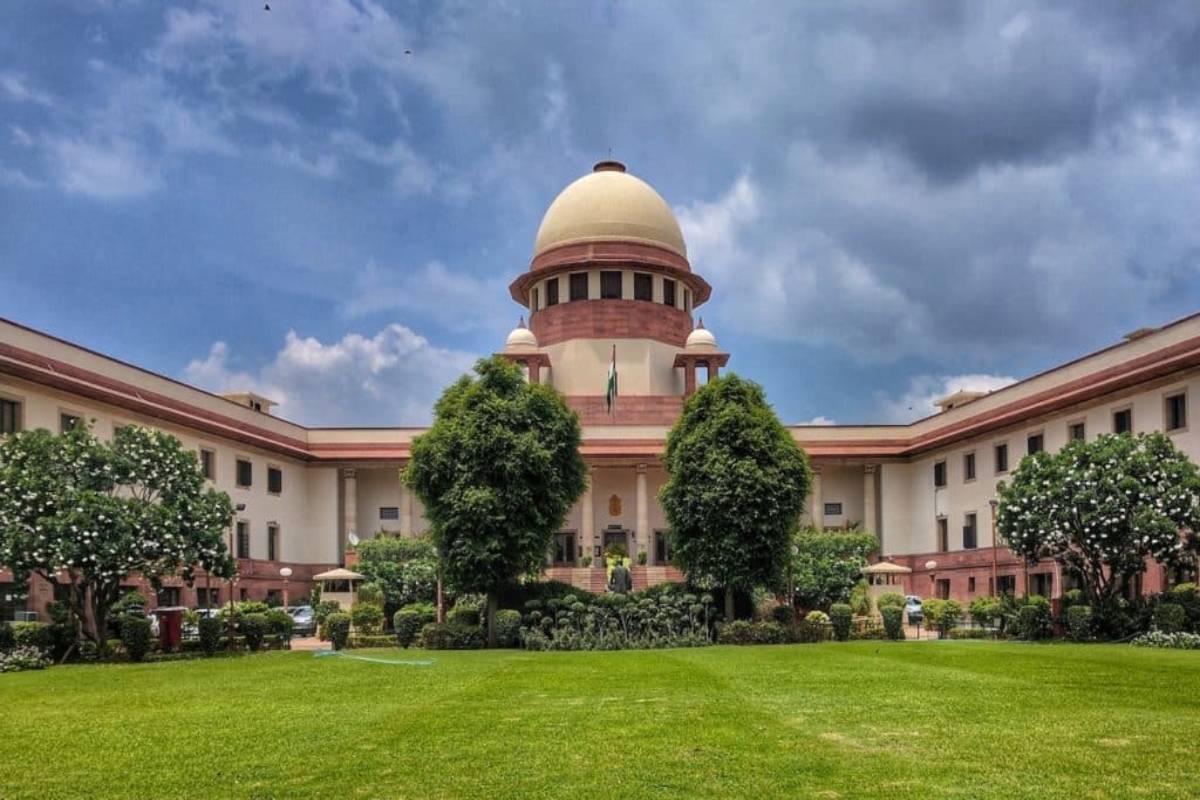Every now and then, especially when there is a change at the helm the debate about the long pendency of cases in the Supreme Court and the judicial system as a whole erupts. And then like every time, it dies down with no concrete steps being taken to address problems. By insulating itself from Government interference and its procedural nitty-gritties through its own judgments the Supreme Court is the best place to initiate procedural reforms to reduce the pendency of cases, if not anywhere else then at least before itself.
If the Court fails to seize the opportunity and take innovative and bold decisions, then it has only itself to blame no matter how much it talks about other reasons. In an earlier article ‘Judicial Vanvaas’ (The Statesman, 24 January), I had written about how delays before the Court and hence the pendency could be reduced by following the best practices of the US Supreme Court including inter alia time-bound arguments and selective listing of matters only for final adjudication before the Court once all pleadings are complete.
Unfortunately, our system, in its current form does not incentivize speedy justice at all. Au contraire it thrives on delayed adjudication, the reasons for which are aplenty. Lawyers in the Apex Court generally charge a fee per appearance. More the number of appearances more is the fee.
Advertisement
More the drafting to be done, more the pleadings and applications to be filed before the Court more are the replies or counter affidavits that need to be filed and more are the opinions, conferences and settlements required to be done which means more is the money for everyone in the chain.
Why would anyone want to disrupt an ecosystem which acts like a money-spinner by reducing the time duration of the litigation? More so when the client too is assured that the best brains are working on his brief only when there is a battery of busy lawyers doing a whole lot of things and charging hefty amounts.
Contrast this with a scenario which requires just one simple, effective and exhaustive appeal to be filed before the Court which is to be heard on a single day and the matter disposed of. What will this do to the entire legal economy and its machinery which starts running as soon as a matter is fed into it? Recession.
More often than not, judges of the Apex Court more or less know the final outcome of the matter when they read the brief for the first time and hear it on the first date itself. But that is just the admission stage and at that time lawyers and clients are interested only in interim orders. Once an order is obtained, the beneficiary is least interested in ensuring speedy adjudication and uses every trick in the book to ensure that effective adjudication does not happen or happens only in due course, which means several years.
Despite best efforts to extract the matter from cold storage, the other side finds it difficult to do so because of several matters already in queue before it. Members of the legal fraternity, in fact cite the existence of this very pendency to argue for increasing the number of vacancies of Judges and extending their age limits as statistics show that the number of judges in India is disproportionate to the number of cases before them.
While everyone is quick to blame the Government for delays in judicial appointments, lawyers may be the first opponents of any system which speeds up the adjudicatory process and changes the status quo as not only will the frequency of appearances of counsel but also the number of counsels required in such appearances will decrease drastically.
Consequently, the rush to record appearances which is much more than necessary at present (for billing purposes) will also reduce. Even if the actual order of the Apex Court is in one sheet and simply records an adjournment then also the appearance sheet which precedes it, runs into pages giving names of not only those who addressed the Court and helped it arrive at this conclusion but also all those who assisted them in doing so, all of which will become unnecessary.
Delayed adjudication is sometimes also in the interest of the Government of the day. Keeping a matter pending before the Courts instead of taking a decision on it often gives the Government the breathing space it requires without facing any flak because the issue is no longer pending before it but before the Hon’ble Court.
Using the Court as a protective shield in the face of any contentious issue or tough or unpopular policy decision even if it squarely lies within the executive domain is something which has been done by all Governments for years. Often, when the Government does not want to ‘own’ or ‘implement’ a decision it lobs the ball to the Court and keeps the matter pending.
Thereafter whatever it implements or executes is not on its own volition but a decision of the Hon’ble Court. Obviously, the Government can expedite or delay the hearings depending on the best and most opportune time when it wants to implement the decision.
So long as the matter is subjudice there is an end to all insinuations and endless media debates surrounding it. Further the pendency makes the Government immune to all questions and relieves it of its obligation to give any answers. Last but not the least, speedy justice means adjudication and adjudication implies judgments.
If a Judge is to adjudicate expeditiously then it implies increasing the workload tremendously. Writing judgments is no easy task and requires skill, attention, and hard work. Despite best efforts and the right intentions to be able to do that while attending to all routine matters as they keep on coming every day is like trying to give water to the thirsty while at the same time running around to plug leaks in the pipe.
Practically difficult and physically taxing. However even if a tight and timebound adjudicatory system is put in place it may not yield the desired results unless a committed and trained cadre of law clerks and researchers is given to the Judges in adequate numbers to enable them to author the judgments fast. A system which makes ‘delay’ a convenient and easy option for everyone involved is very difficult to change.
But once the Apex Court equips itself with the necessary wherewithal to be able to take on the additional workload then it alone is best placed to do a surgical strike and alter the status quo.
No one else. Bajirao Singham had wisely and rightly observed “agar policewale chahein to koi chor mandir ke saamne se ek joda chappal bhi nahin chura sakta”. It is respectfully submitted agar Supreme Court chahe to koi bhi case uske saamne zaroorat se zyada ek minute bhi nahi tik sakta.
Advertisement










